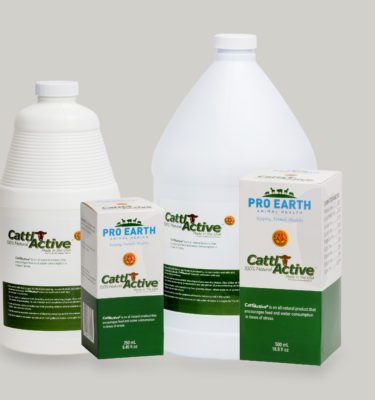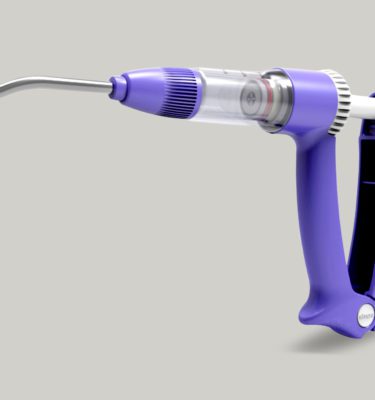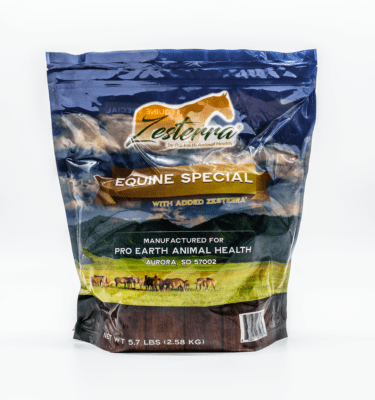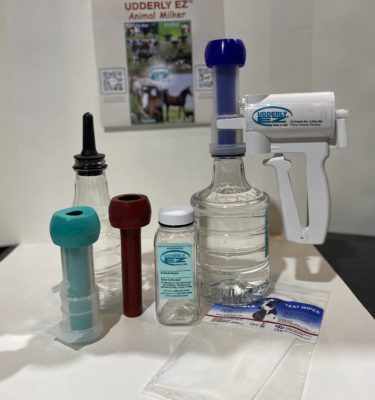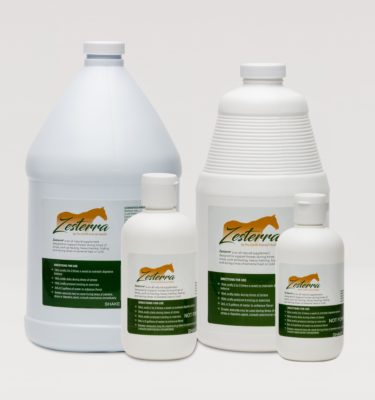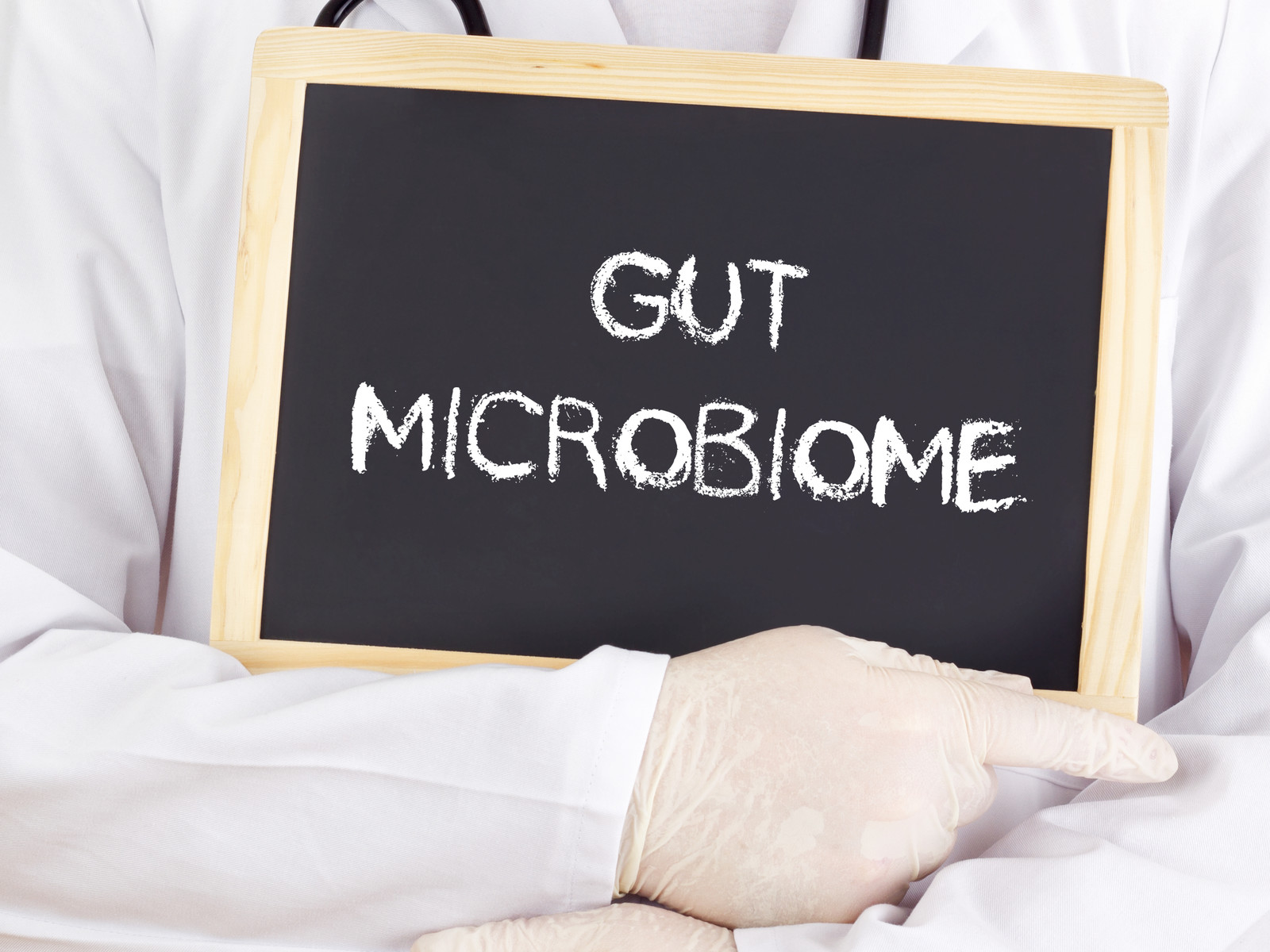
What In the World Is A Microbiome?
Part one of a three-part series on the microbiome and the role of the digestive system in the overall health of cattle.
Let’s face it – ruminants are some of the most complexly-designed animals on the planet. Their multi-chambered stomachs must be in sync like clockwork to ensure the animal gets the nutrients it needs.
These inner workings are further complicated by the fact that the resident microbial population must maintain a careful balance in order for proper digestion to take place.
You may have heard the term “microbiome” before. For as important as it is, it very rarely features in discussions surrounding the gut-immune system link.
To understand the roles of the various parts of the digestive system, including its microbial element, it’s helpful to know what the microbiome is and how it functions as a whole.
The skinny of a microbiome
The honed-down definition of a microbiome is a group of different kinds microorganisms that live together, creating a unique miniature ecosystem in a host. Think of it this way: The entire body is a city. Within that city are numerous inhabitants including plants and animals that create the residents.
Within this microbiome, these residents include symbiotic, commensal and pathogenic bacteria, viruses and fungi. In this particular case, the microbiome is the cow’s body.
Now, onto these neighborhoods. In every living organism are multiple “neighborhoods” or communities known as microbiota. Each of these is unique in the types and numbers of different microbes living within that group. Microbiota are present in every part of the body.
For the purposes of this article, the main focus will be on the bacterial microbiome that is found in the cow’s digestive system.
The Good, the Bad, The Lazy: different bacteria of the microbiome
There are three different categories of bacteria that live in the microbiome. These three categories are symbiotic, commensal and pathogenic.
Symbiotic bacteria are those bacteria that work with the body and contribute positively to the animal’s well-being. In true symbiotic fashion, they take what they need from the host, and in return, give the host something it needs.
Commensal bacteria are the freeloaders of the bacterial world. They don’t hurt the host, but certainly don’t provide anything, either.
Then we come to the pathogenic bacteria. These “criminals” of the bacterial world are usually present in the fewest numbers. They are very opportunistic and will take advantage if they find a weakness in the system. This is when they are most likely to cause disease.
The overall health of a microbiome determines how everyone lives together and whether or not the pathogenic bacteria will be able to take hold and cause disease. In healthy animals, they live side-by-side with smaller populations of the “bad” bacteria being kept to a minimum.
Got microbiome?
Literally every multi-celled animal (and even plants) on the planet depend on their microbiomes to keep them healthy and alive. Focusing in even closer, the individual microbiota in a microbiome serves its own purpose, making sure the whole can function properly.
A cow’s body has a multi-layered system of defenses that protect it from disease. This is where the microbiome shines as the hero.
Starting with its hide, this is the first defense barrier. It physically protects against the invasion of pathogens and other foreign substances from entering the body.
Up next are the mucous membranes. They play host to a wide variety of cells and microbes that help prevent disease. They also provide a layer of protection for underlying tissues.
Last, but not least, we have the gut. The gut is the number-one most important element of a healthy microbiome.
How?
Sure, it breaks down food and makes it useable. Between digestive enzymes and acids, the bulk of the feed gets broken down. Then what? This is where the symbiotic bacteria present in the gut get their moment to shine.
They further break down feed into absorbable nutrients and, in the process, create some pretty amazing metabolic by-products that are actually highly beneficial to the cow.
These chemicals support a healthy gut lining. They neutralize excess acid and encourage the growth of more beneficial bacteria. This not only crowds out any extra pathogens but also keeps toxins from crossing the gut barrier and entering into the bloodstream.
Big bonus: they promote stimulation and support of the overall immune system.
How does the ruminal microbiome develop?
A calf’s system is a blank slate when it’s born. When in utero, the calf doesn’t have to contend with bacterial or viral issues – ideally, its mother’s body takes care of all of that.
Once it is born, the creation of its unique microbiome begins.
Exposure to microbes found in the birth canal are the first the calf will encounter. From there, the next introduction is to those found in the environment around it – the air, soil, and plant life it comes into contact with will contribute new microbial elements to the overall development of its microbiome.
A calf’s gut doesn’t have any marked populations of bacteria, fungus, yeast or viruses until it nurses for the first time. The combination of the microbes found in those first feedings of a cow’s colostrum, along with any found on the teats provide the framework for the gut’s development.
Because these first nursings determine a calf’s health for the rest of its life, it’s integral that the mother have a strong and healthy rumen that allows her to produce a high-quality colostrum.
Obviously, the microbial population plays the biggest role in the development of the digestive microbiome. Despite this, additional factors such as genetic makeup and the diet have a significant influence on the ongoing health of the microbiome.
Antibiotics: both friend and foe
Believe it or not, the average cow’s microbiome, and in turn its digestive microbiota, was actually healthier a hundred years ago than it is today.
This is due to the introduction and overuse of antibiotics. While these drugs can literally be the difference between life and death when facing a major bacterial infection, they can also be the worst enemy of the balance of the microbiome.
The reason for this is because antibiotics are unable to determine which microbes are beneficial and which are harmful. They end up killing the majority of the bacteria they encounter, pathogenic or not.
As the balance of bacteria is disturbed, the entire microbiome – not just in the gut – is thrown out of whack. This gives opportunistic microbes such as yeasts and funguses a chance to grow unchecked.
The use of antibiotics is being closely examined now. Careful use and management are helping many producers avoid developing antibiotic-resistant diseases in their herds.
Sustaining a healthy microbiome
Ensuring your herd maintains healthy microbiomes can be a big task but is well worth it. The most important aspect of this is giving your cattle a stress-free environment. This helps reduce the production of various chemical components (including gastric acids and cortisol), thus helping maintain homeostasis.
Secondly, directly supporting the microbiome with a healthy diet that is rich in nutrients and has a high prebiotic content.
The cow’s microbiome is the determining factor in its success or failure. Whether raising breeding stock, a feeder calf or a dairy cow, maintaining the balanced microbiome is pivotal in ensuring that animal thrives during its lifespan.
In the next installments, we will cover the importance of prebiotics and their role in maintaining a well-balanced gut and overall microbiome.
Related Posts
Herd Handling Techniques and Their Effects on the Immune System
Stress and Cortisol Can Undermine Your Herd Vaccination Programs


